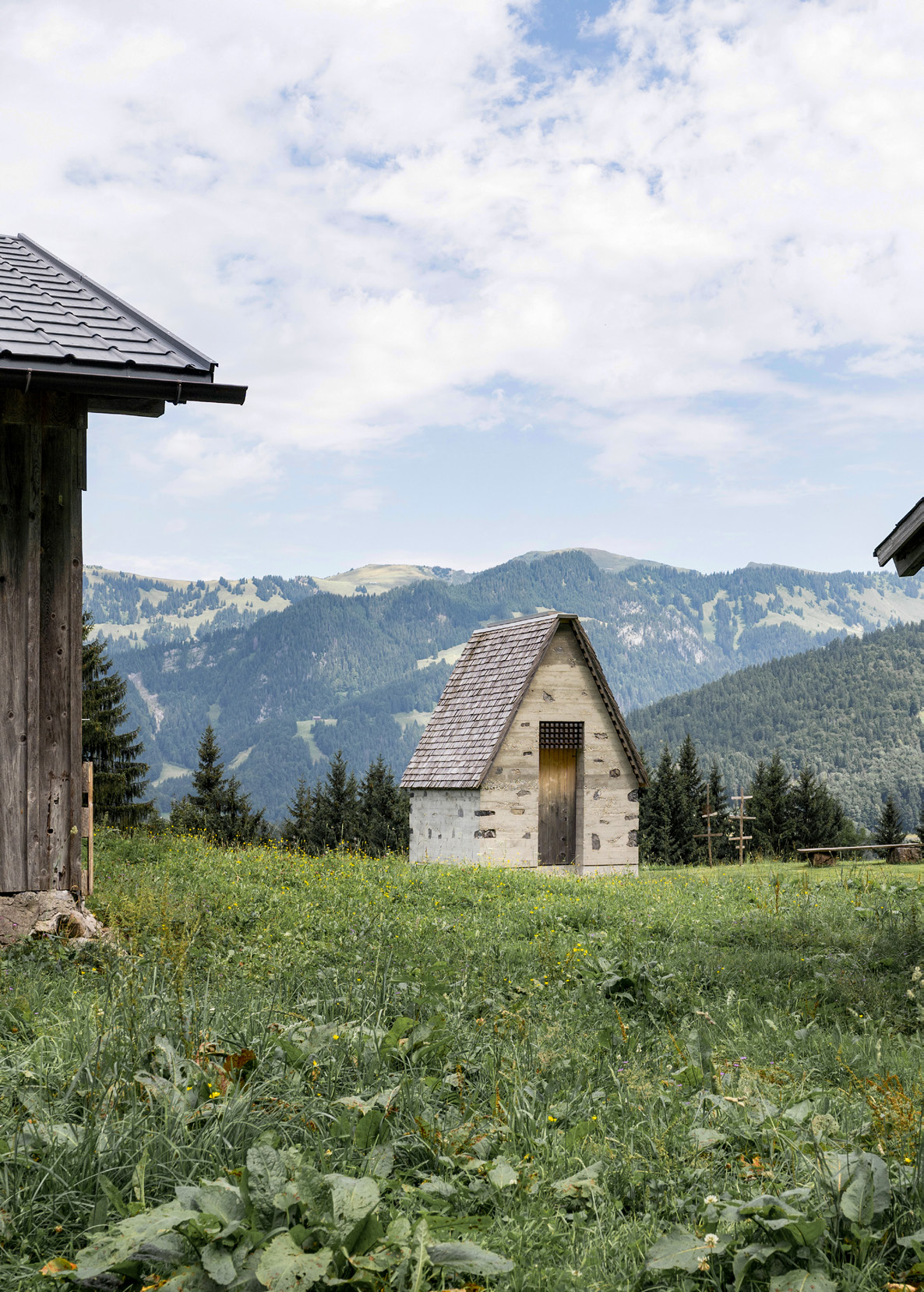
This article reflects on the revival of the architectural class of the chapel, highlighting its growing popularity not only in urban areas but also in mountain contexts. Using the Theodul-Kapelle on Alpe Niedere designed by Cukrowicz Nachbaur Architekten as an example, the uniqueness of this type of building and its impact on contemporary society is emphasised in the discussion. Delving into the architectural reinterpretation and the significance of private financing for such endeavours, this article ponders the contemporary yearning for sacred and reflective spaces, transcending religious boundaries. The debate on Christian-Catholic sacred architecture and the role of chapels as interfaith places of devotion is also explored. Through further examples like Bernardo Bader’s Salgenreuthe Chapel, which retains traditional elements in an abstract context, architectural inclinations and inventive approaches in chapel construction are analysed. In conclusion, the article suggests that chapels embody the contemporary search for spirituality, offering emotional and sensory experiences through their concentrated and reduced architecture, acting as places of (self) exploration in an ever-evolving world.







